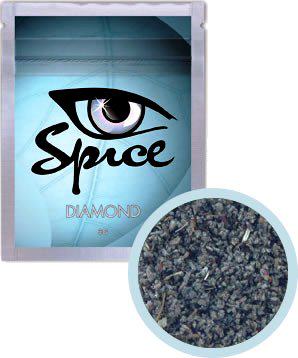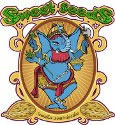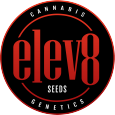Synthetic cannabis and cannabinoids
List of contents
What are cannabinoids?
Cannabinoids, once in our bodies, act on cannabinoid receptors, which are also known as CB1 and CB2.
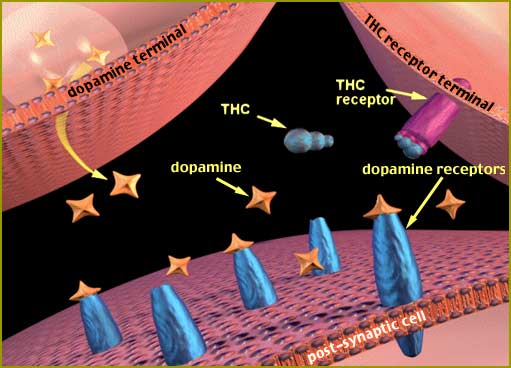
These receptors, in general terms, act on the central nervous system (CB1) or the peripheral nervous system (CB2), and have in common that are stimulated by both marijuana/hash and anandamide, an endogenous cannabinoid responsible, among other things, of regulating pleasure and motivation. We should also mention that there is a third type of molecule acting on endogenous cannabinoid receptors: synthetic cannabinoids, a type of "marijuana" that represents a loophole in the legal system.
CB1 and CB2 receptors, synthetic cannabinoids and phytocannabinoids
If we go into more detail regarding the role of cannabinoid receptors, their significant action in our body can be observed acting on the central nervous system, the brain, the limbic system, as well as the striated muscles and the immune system.
CB1 endocannabinoid receptor:
It is primarily found in brain neurons (19.69%), but is also present in:
- Striated muscles (16.92%)
- Lymph nodes (15.36%)
- Adrenal gland (7.78%)
- Vascular tissue (arteries and veins) (5.03%)
- Thymus (3.21%)
- Mammary glands (3.07%)
- Uterus (2.52%)
- Pancreas (1.74%)
- Ciliary body and cornea of the eye (1.54%)
- Liver (1.53%)
- Peripheral nerves (peripheral nervous system, SNP)
All these points of action explain why CB1 stimulation has been associated with analgesia, decreased anxiety , increased appetite and production of fat reserves (lipogenesis). It is also responsible for the psychedelic effects of cannabis.
CB2 endocannabinoid receptor:
It is largely located in the lymph nodes and is related to the immune system. It is not involved in the psychedelic effects of cannabis.
It can also be found in:
- Lymph nodes (70.86%)
- Bone marrow (9.2%)
- Other tissues (10.13%)
- Liver (2.36%)
- Placenta (1.96%)
As said above, these receptors are stimulated by a particular molecular structure with a particular form, so that the stimulus and its receptor fit like puzzle pieces.
We are born with the ability to generate our own endogenous "cannabis molecule", i.e. a neurotransmitter which stimulates the cannabinoid receptor as part of a regular biological function. The best known is anandamide, a name taken from the Sanskrit word "ananda", which denotes inner peace and amide, which is in turn a chemical concept. It acts on hormonal processes, but also plays a role in the regulation of feeding behaviour and sleep-wake cycles, also affecting the regulation of pain and pleasure.
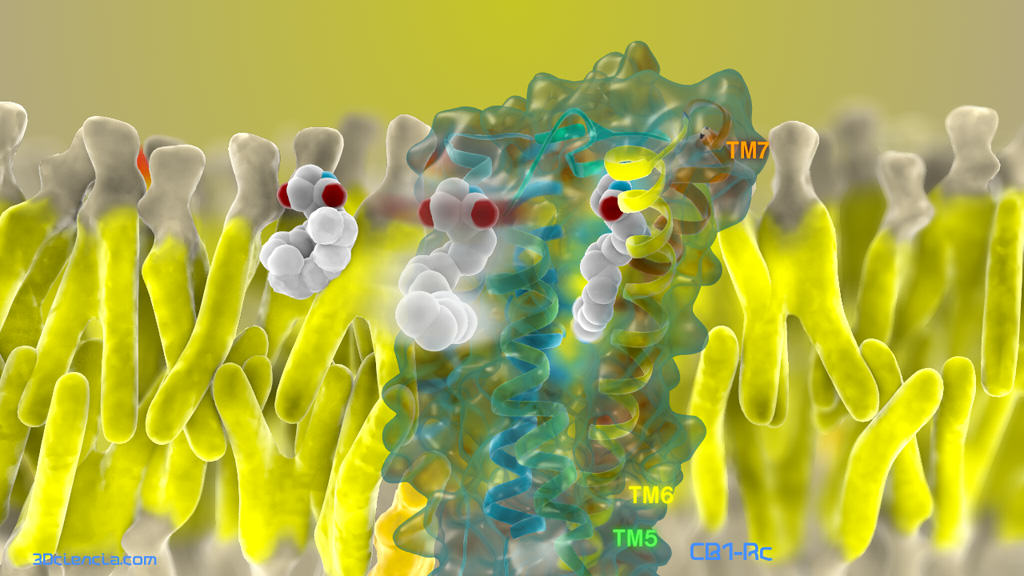
Phytocannabinoids are cannabinoids found in every Cannabis Sativa plant, in all genotypes and phenotypes, and are directly related to its psychoactive power, resin and trichomes. In fact, if we can feel the effects of marijuana is because we have receptors in our tissues that have an affinity for THC, CBD and some of the other cannabinoids (up to 60 types are known) and terpenes found in cannabis plants.

Finally, synthetic cannabinoids are products that are chemically manufactured in laboratories, which are well developed for research purposes, and present the form of a commercial drug (see Marinol or Sativex, as the best-known examples of phytocannabinoid-based drugs). Initially, they were designed and manufactured as analogs of natural cannabinoids (THC, CBD, CBG...), but nowadays they are designed according to other criteria and no longer rely on phytocannabinoids, but they are totally new designs. Because of the fact that the structure of these molecules is often associated with the potency, it seems that new models can be easily created by making small changes in their form.
In addition to those that have already been mentioned, there are other registered cannabinoids that are remarkable for their features or activity:
- CP-55940, similar to THC, more potent
- HU-210, 100 times more potent than THC
- HU-331, an anti-cancer drug derived from CBD
- JWH-133, a specific CB2 receptor agonist
Source: Wikipedia.
Synthetic marijuana
Spice, K2 and other synthetic cannabis:

These products have their origins in Dutch smart shops, stores which are similar to grow shops, where paraphernalia, products for smokers and legal drugs are sold. These can be mixtures made up of legal plants like caffeine, ginseng and other herbs which are supposed to produce similar effects than illegal drugs (ecstasy and LSD substitutes, vitamin and antioxidant cocktails, after-party products, aphrodisiac substances...).
Synthetic marijuana appeared among this array of options, it was sold as if it was incense, unsuitable for smoking, but it is actually a sneaky way to side-step the law, for it is used to be smoked in a pipe or in joints. Its composition is generally unspecified vegetable matter "dressed" with a dose of synthetic cannabinoids, which is intended for mixing it with tobacco in small doses.
OK so... Very nice, isn't it? Now, I can buy "marijuana" online from home, quietly, and forget about the hassle of buying it on the streets or having to grow it. Great!
Mistake. Huge mistake.
There are some of the reasons why using these products is not recommended:
- Their components are not specified, neither the type of plant used as base nor the type of cannabinoids added. When they do include the ingredients, they are often false or inaccurate, including other unwanted substances.
- Patented cannabinoids can be detected and require regulation, so in order to escape taxes and expenses, manufacturers are producing new cannabinoids by altering the existent ones, selling products with multiple variations regarding effects and doses.
- As the previous point suggests, these new substances have not been tested in humans, so both their short and long term effects are unknown, as well as those of their metabolites and subproducts.
- Finally, the location and conditions in which these products are manufactured ??are completely unknown. It may well be a place with dodgy hygiene conditions and unsafe to work in, so these products would not only harm your health, but surely also affect that of those who manufacture them.
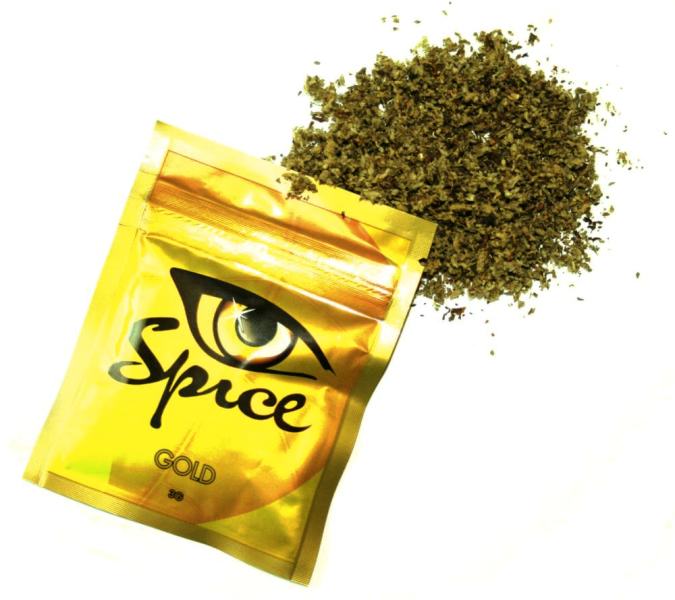
For these reasons, many countries have already banned the sale of these products, with particular emphasis on the regular analysis of new samples in order to identify and list the new synthetic products appearing on the market. We are talking about products that have nothing to do with marijuana, with or without slightly similar effects, which represent "a leap of faith" for the consumer. For this reason, Alchimiaweb STRONGLY ADVISES AGAINST BUYING AND USING these products for the sake of your health.

